shutter stock
Loud sounds in the animal kingdom serve many important purposes. Some animals have evolved incredibly powerful vocalizations that can be heard for miles, making them some of the loudest creatures on Earth. These sounds aren’t just startling, they’re essential for communication, marking territory, and attracting mates. Their vocal abilities are very important for survival. These animals show that in nature, it’s just as important to be heard as it is to be seen, proving that in the wild sometimes the loudest voices have the biggest impact.
blue whale
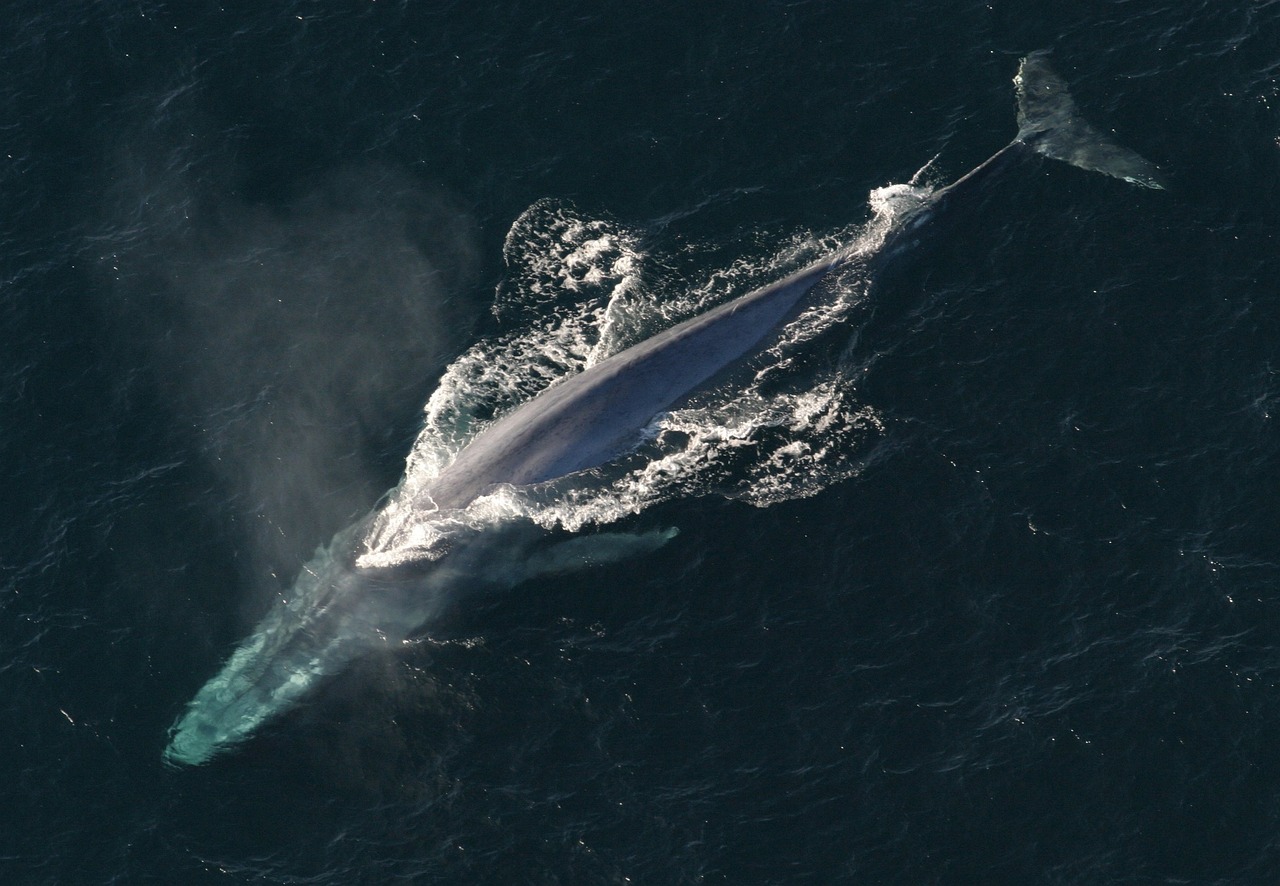 shutter stock
shutter stock
Blue whales hold the title of the loudest animal on Earth, and can emit sounds reaching up to 188 decibels. To put this into perspective, a jet engine takes off at about 140 decibels, and a blue whale’s sound at close range is louder than a jet engine. These amazing sounds travel long distances underwater, allowing blue whales to communicate over hundreds of miles. This ability to communicate over such long distances is extremely important to these ocean giants, as it helps them find a mate and coordinate while on the move.
howler monkey
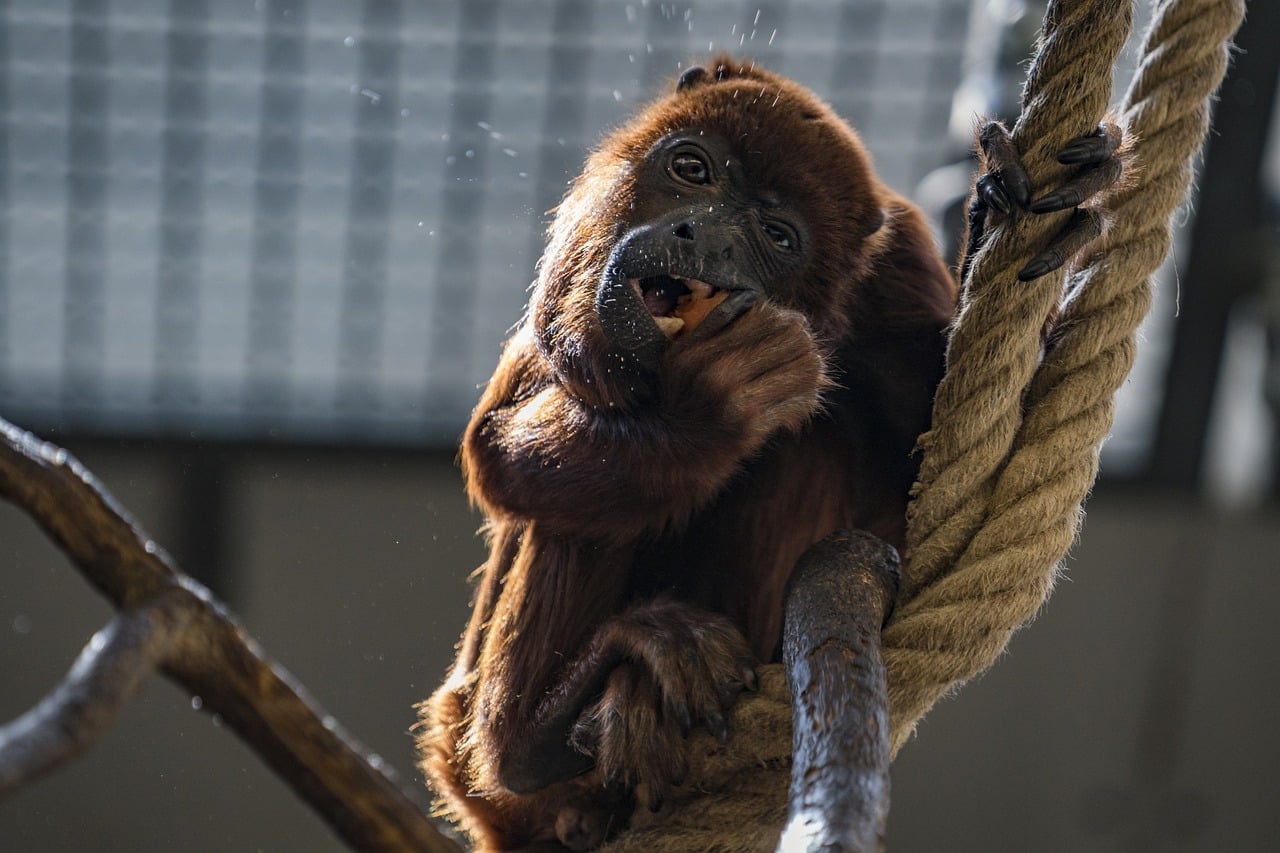 shutter stock
shutter stock
Howler monkeys, as their name suggests, are famous for their incredibly loud calls, which can be heard more than three miles away, even in dense forests. Their calls are produced by an expanded hyoid bone in the throat, which can amplify vocalizations. These monkeys use powerful howls to mark territory and communicate with other monkeys in the herd. Their loud, almost eerie calls are an important part of maintaining social structure, scaring off rival groups, and ensuring everyone knows their territory is claimed.
lion
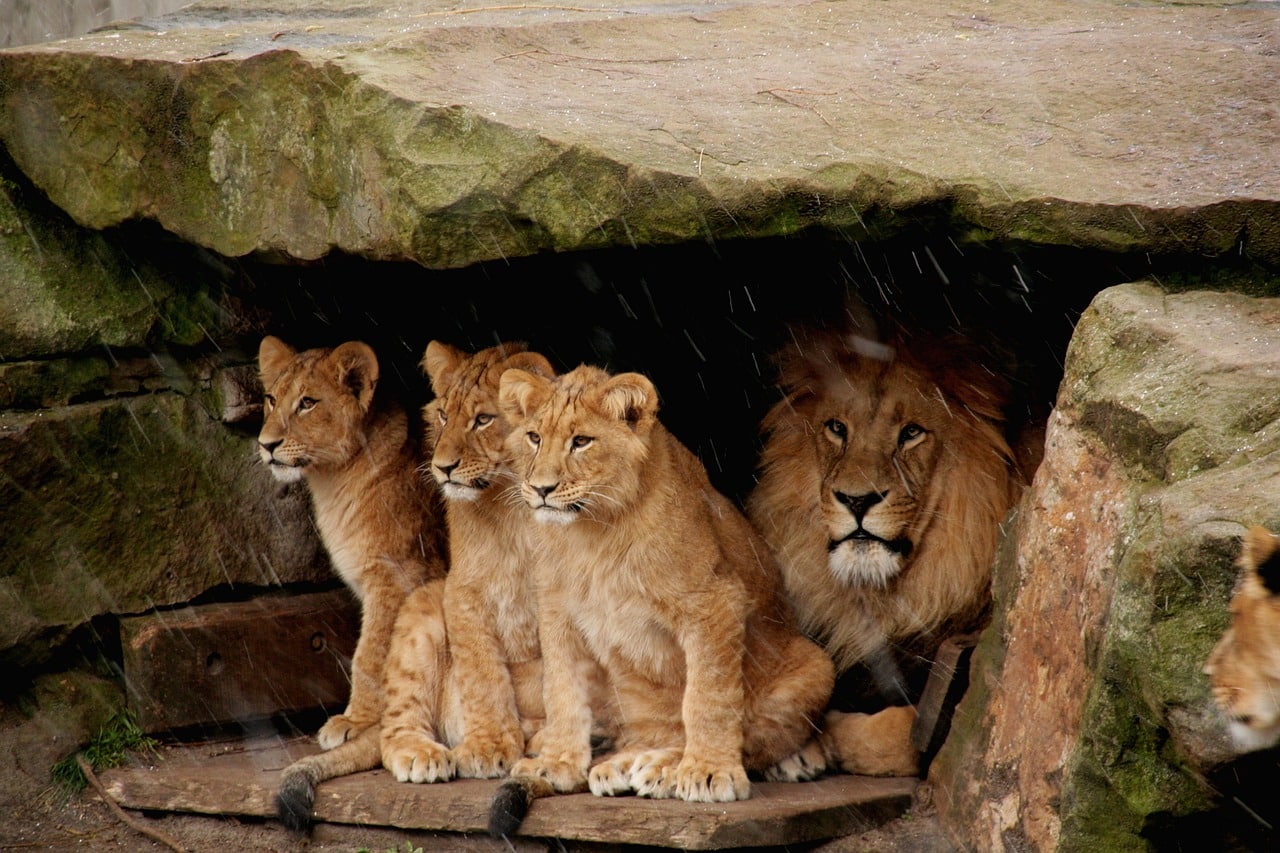 shutter stock
shutter stock
Lions are known for their majestic roars, which can be heard from up to eight miles away, especially on calm nights. A lion’s roar is one of the most iconic sounds in the animal kingdom and serves several important purposes. Roars help lions communicate with members of their pride, especially in the large, open savannahs where they live. This also serves as a warning to other lions, indicating that territory has already been claimed. Additionally, roars can be a tool for establishing superiority and asserting power within a pride.
elephant
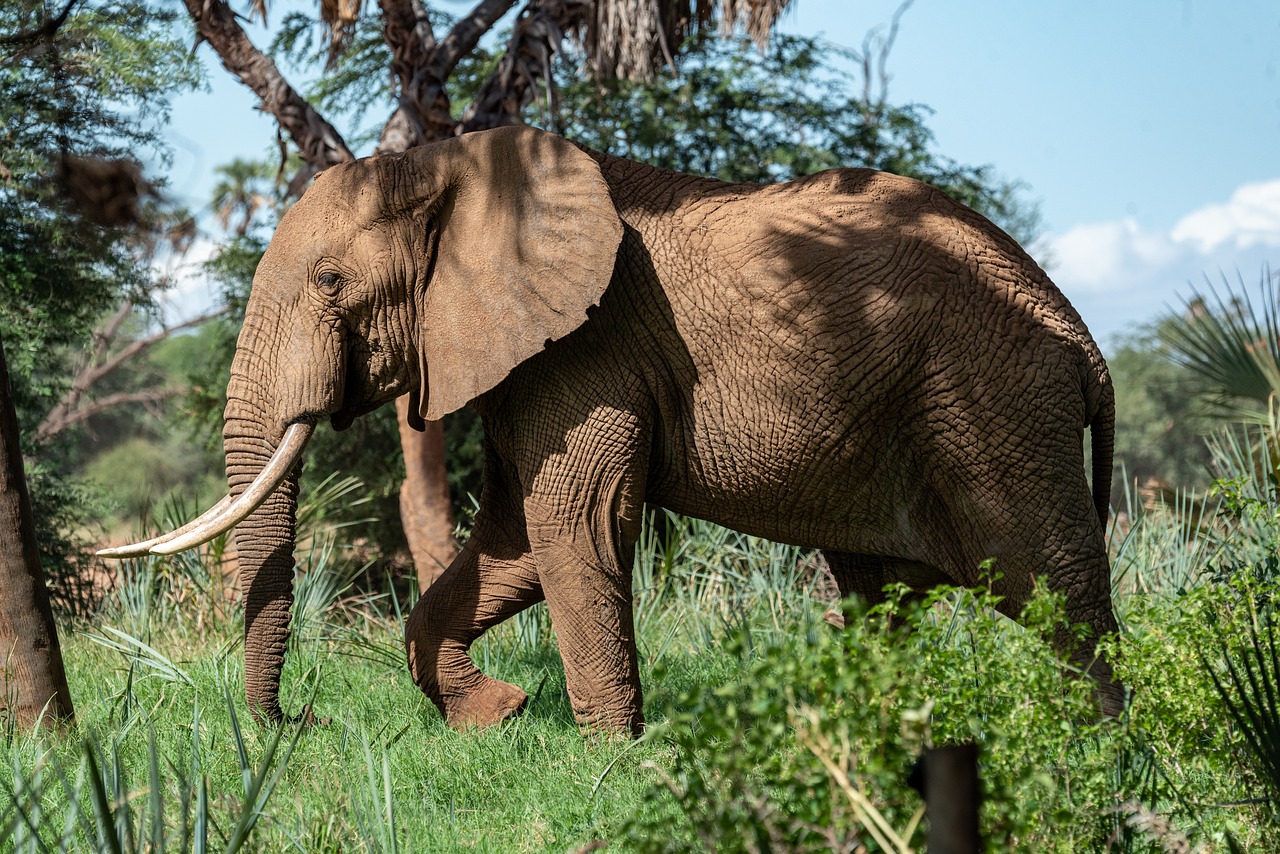 shutter stock
shutter stock
Elephants are also large creatures with impressive vocal ranges. Their sound is often associated with playing a trumpet, but they can also emit a low-frequency roar that is incredibly loud and can be heard from miles away. These rumbling sounds travel through the ground, allowing elephants to communicate with each other over long distances. Elephants use vocalizations for a variety of reasons, from warning each other about predators to coordinating movement within the herd. Their deep, resonant calls are critical to maintaining social structure and ensuring group survival.
humpback whale
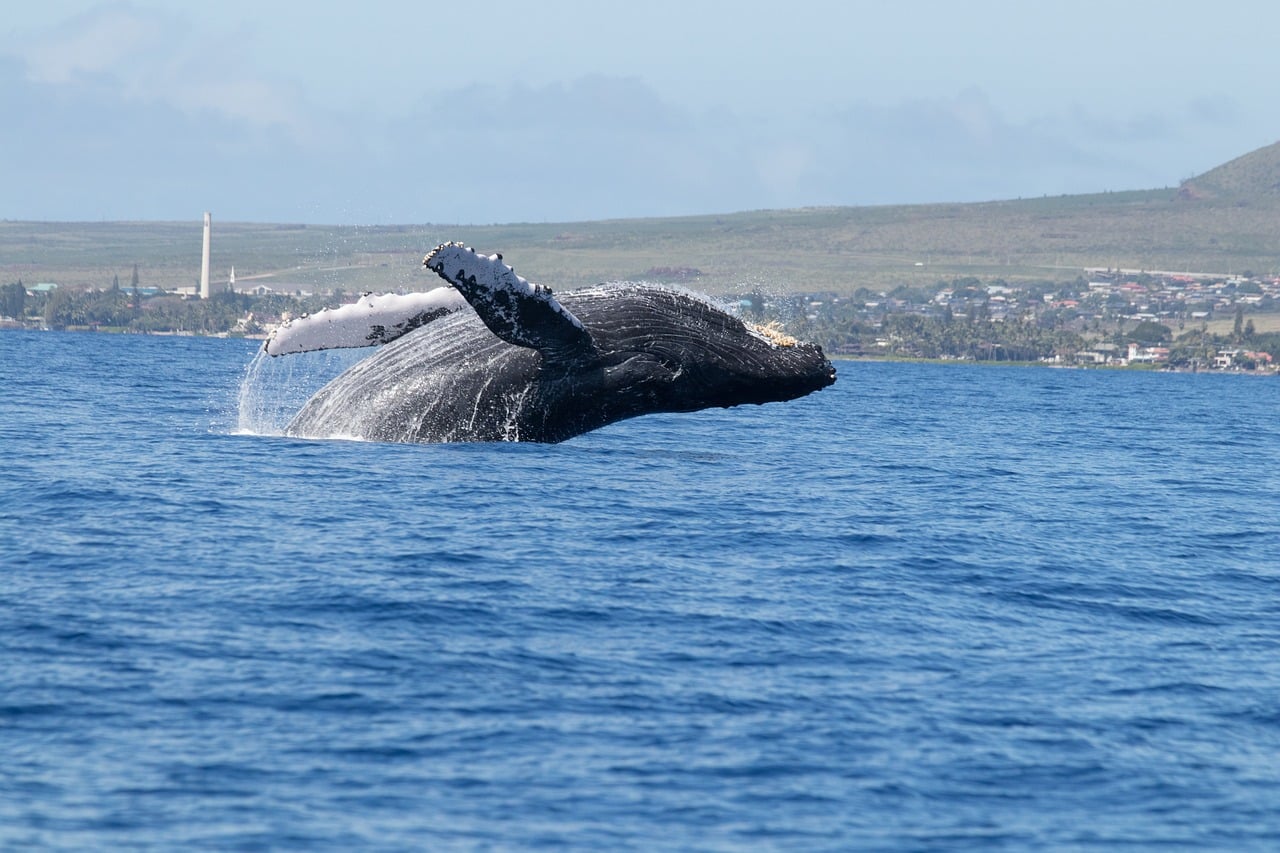 shutter stock
shutter stock
Although blue whales are the loudest, humpback whales also deserve a spot on this list because of their incredibly complex and powerful vocalizations. These whales emit sounds ranging from low-frequency moans to high-pitched calls that can travel hundreds of miles underwater. Humpback whales are known for their long, repetitive calls, which are thought to play a role in mating rituals. The humpback whale’s song is so powerful that it reverberates throughout the ocean, ensuring that it can be heard by other whales over great distances.
howling wolf
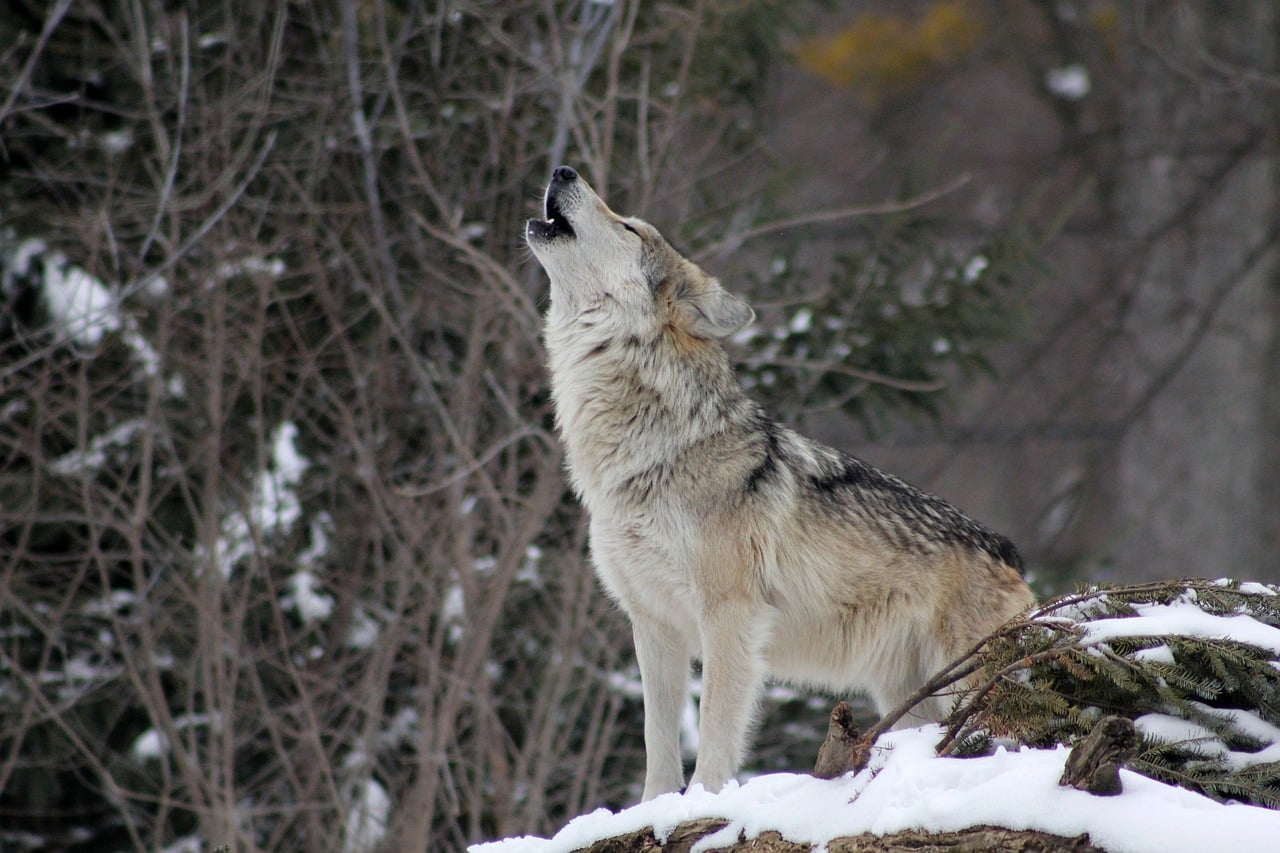 shutter stock
shutter stock
Wolves are famous for their haunting howls, which can be heard over great distances in the wild. Wolves’ howls can travel for miles through forests, mountains, and tundra, making them an effective communication tool within their territory. Wolves use calls to communicate with other pack members, especially when hunting or regrouping. They also act as territorial markers, warning rival herds to stay away. A wolf’s howl is eerie and sad, but it is essential to maintaining the pack’s complex social structure.
cicada
 shutter stock
shutter stock
Cicadas are notorious for the loud buzzing sound that the male cicadas make when they are in heat. These sounds can reach over 120 decibels, making them one of the noisiest insects on earth. Cicadas use their calls to attract mates and often gather in large numbers, creating a constant background noise in warmer climates. They are truly noisy insects, with a volume comparable to that of a chainsaw.
bison
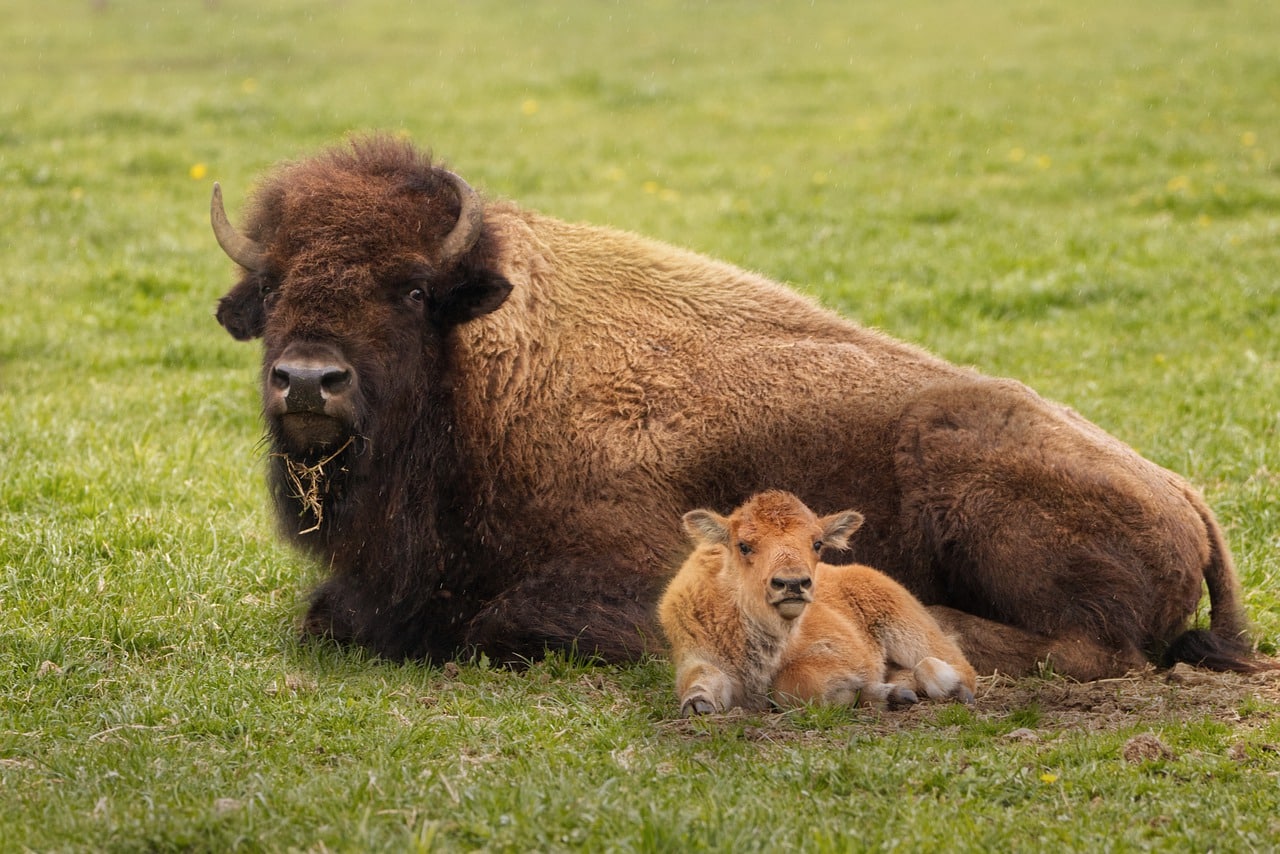 shutter stock
shutter stock
Bison may not be as vocal as other animals, but their growls, growls, and snorts can be incredibly loud, especially during heat. These vocalizations are used for intra-herd communication, asserting dominance, and warning of potential danger. Bison’s deep growl can be heard across the plains and serves as a powerful tool for communicating with other bison. Their calls contribute to the thunderous presence these majestic animals have in the wild.
nightingale
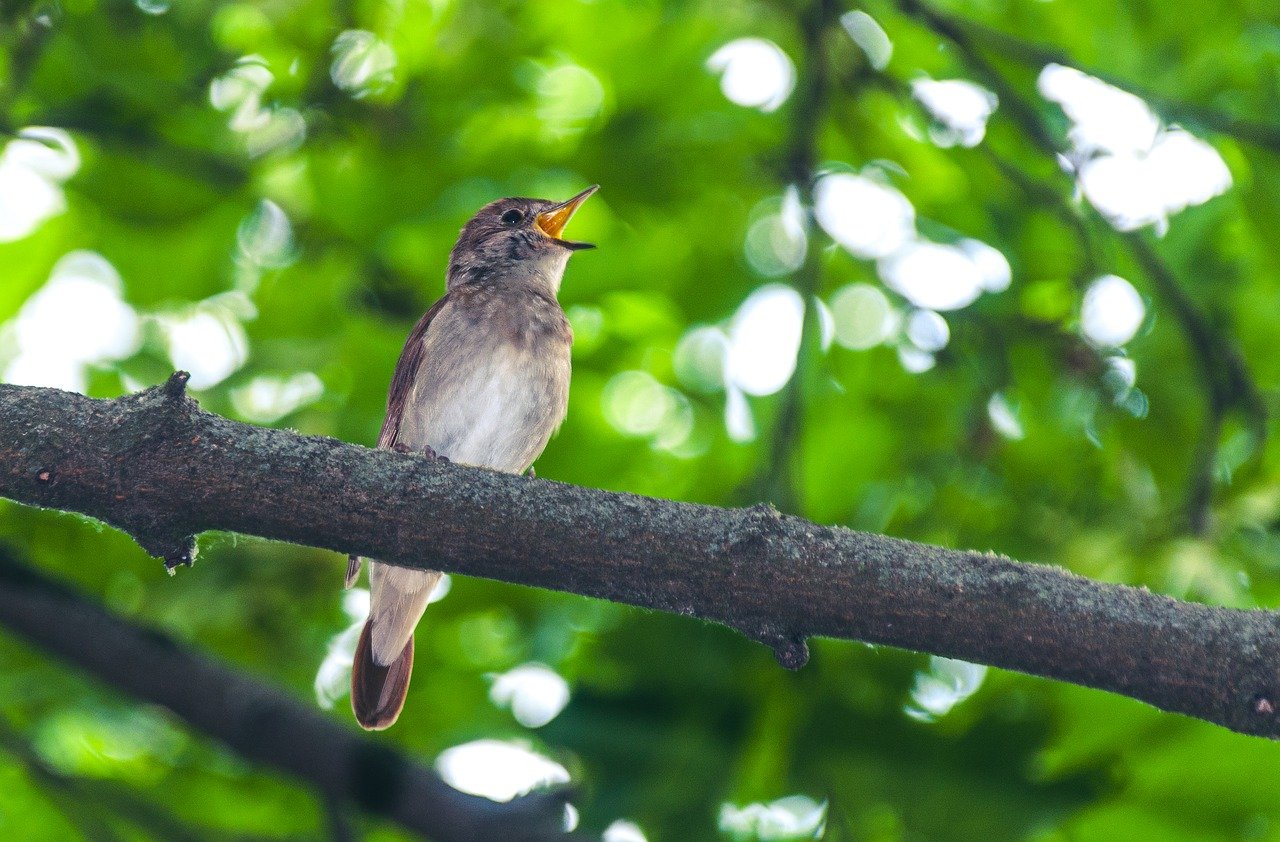 shutter stock
shutter stock
Nightingales are small, unassuming birds with an extraordinary vocal range. Their calls can be heard even into the early morning hours, making them the loudest bird calls in the world. Nightingales have an amazing ability to create complex melodies that can travel long distances. Their songs are primarily used by males to attract females and claim their territory. The male nightingale’s strong, beautiful song is not only a sign of health and strength, but also a way to attract the attention of potential mates in the dense undergrowth.
red kangaroo
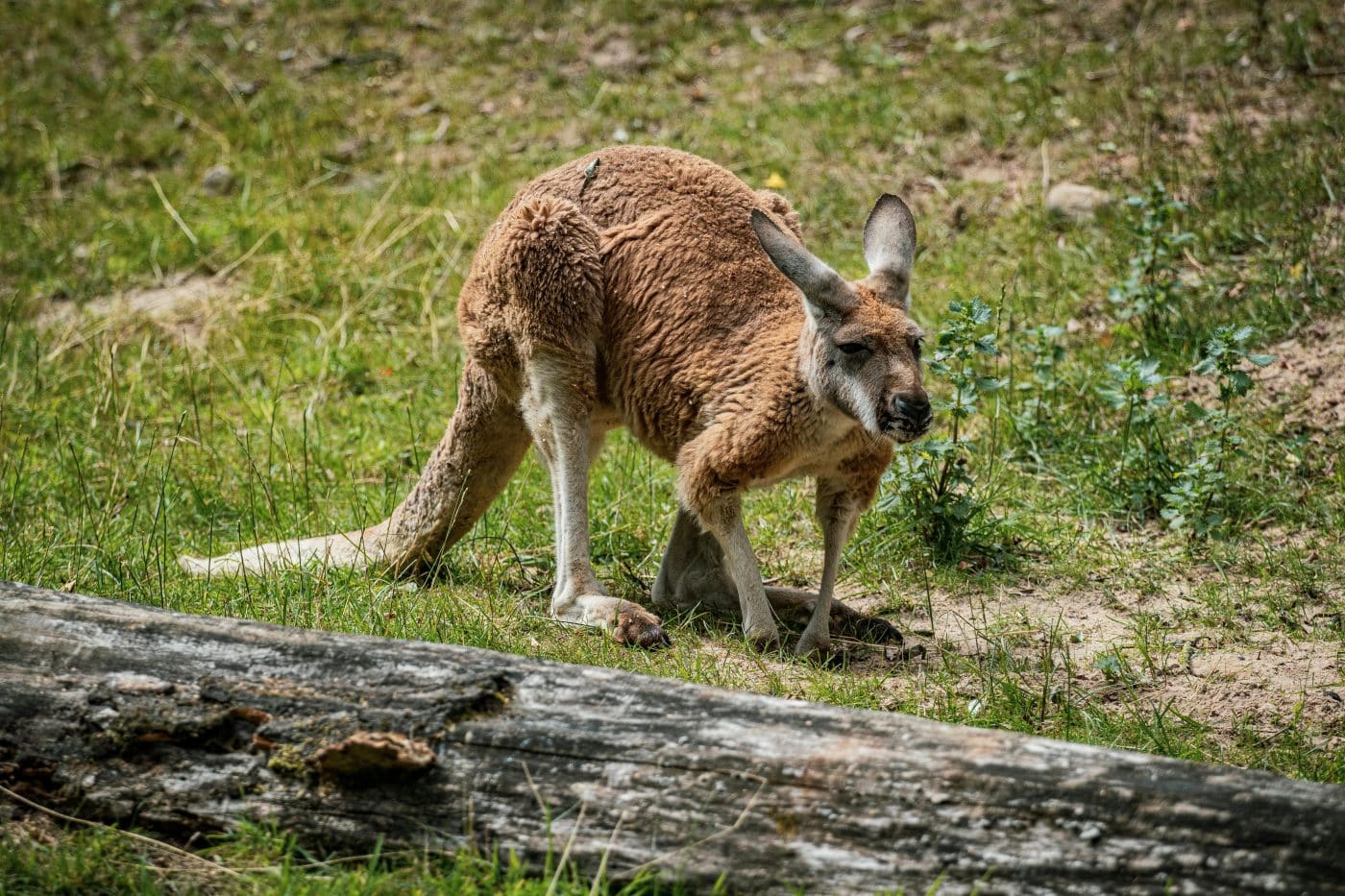 shutter stock
shutter stock
The largest of all kangaroo species, red kangaroos are famous for their loud, deep calls, especially noticeable during the heat season. Kangaroos are usually quiet creatures, but males make powerful calls to attract females and deter rivals. Deep sounds, such as rumbling, are often accompanied by the thud of one’s feet on the ground. Red kangaroos’ loud calls serve as a means of communication to announce their presence and maintain dominance within their territory.
cheetah
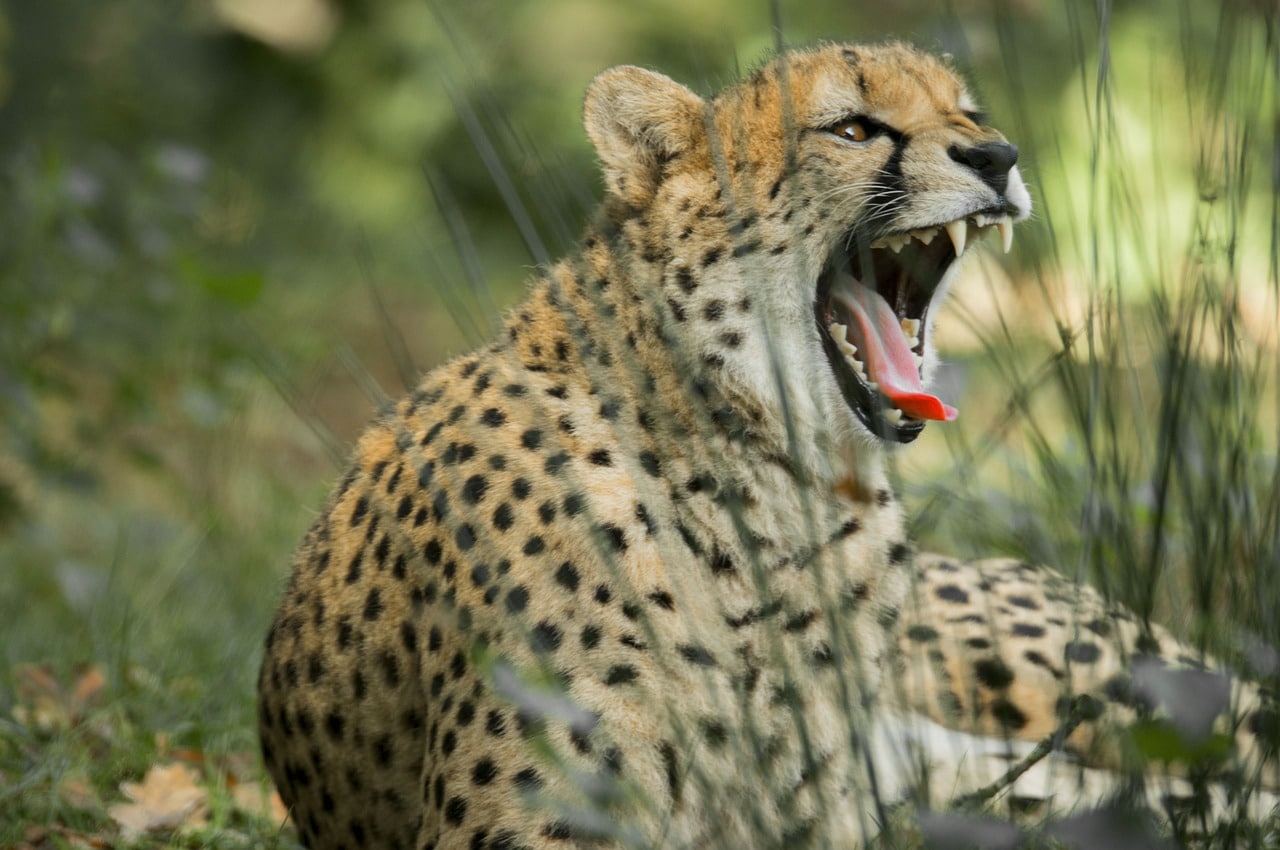 shutter stock
shutter stock
Cheetahs are known for their speed, but they can also be very vocal. Unlike lions and tigers, cheetahs do not roar, but they do make a variety of high-pitched calls, including yelps and purrs. The calls are particularly loud and are used to communicate with other cheetahs, especially when mothers call for their young. This sound can be heard from great distances, and the cheetah’s chirps are particularly noticeable in the savannah, and are more frequent during mating season.
nature’s loudest party
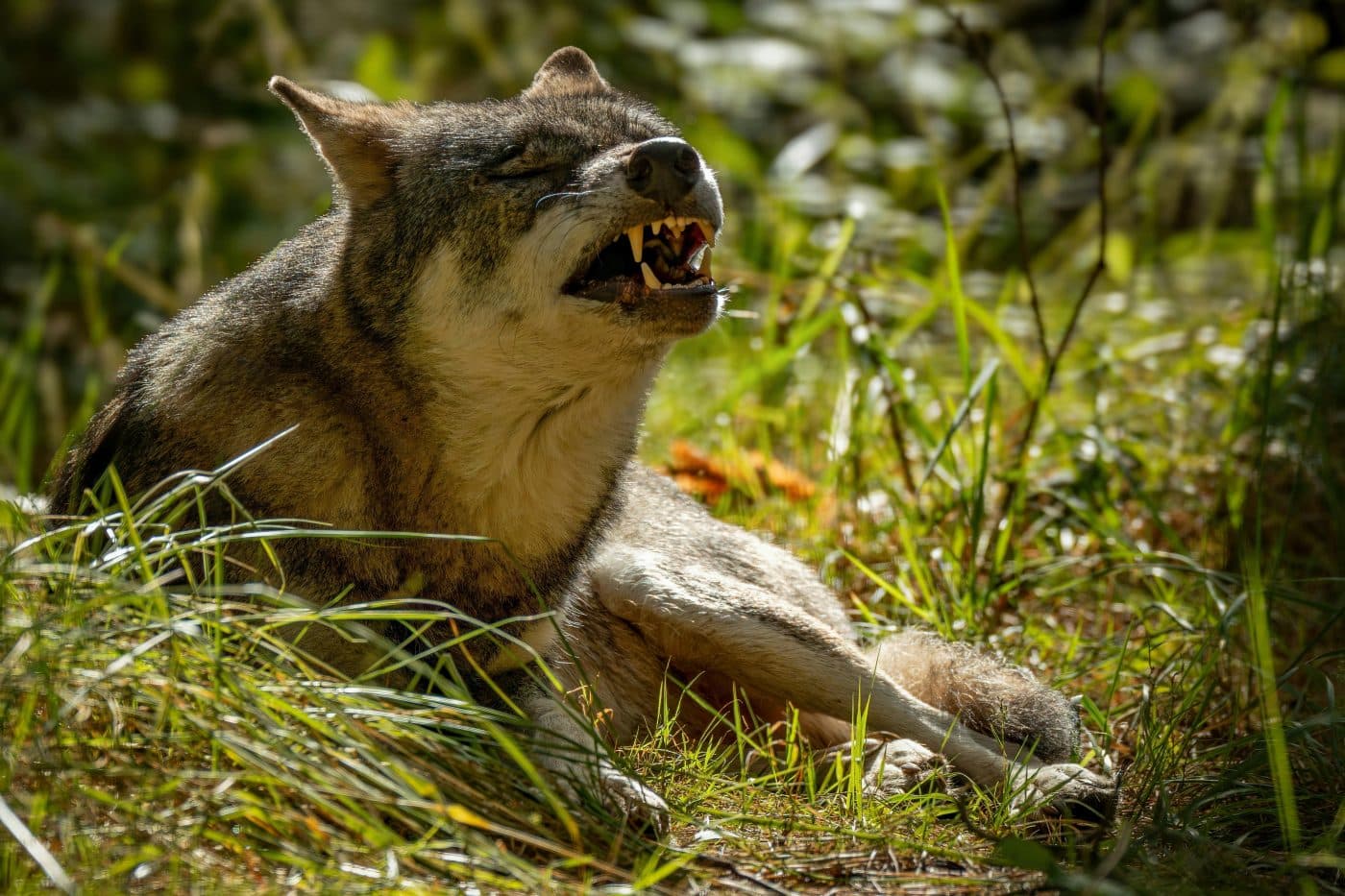 shutter stock
shutter stock
Nature knows how to make some serious noise when it comes to noisy animals. These creatures make your loudest moments feel like a whisper. Their calls are designed to travel long distances and serve essential survival functions such as communication, marking territory, and attracting mates. In the animal kingdom, being heard is just as important as being seen. These animals have mastered the art of noise and taken it to a whole new level. So the next time you think you’re too loud, remember that you’re losing to them.




